READY TO GET STARTED?
REQUEST A FREE ESTIMATE
Fill out the form below or call (888) 466-7849 for a free, no-obligation estimate.
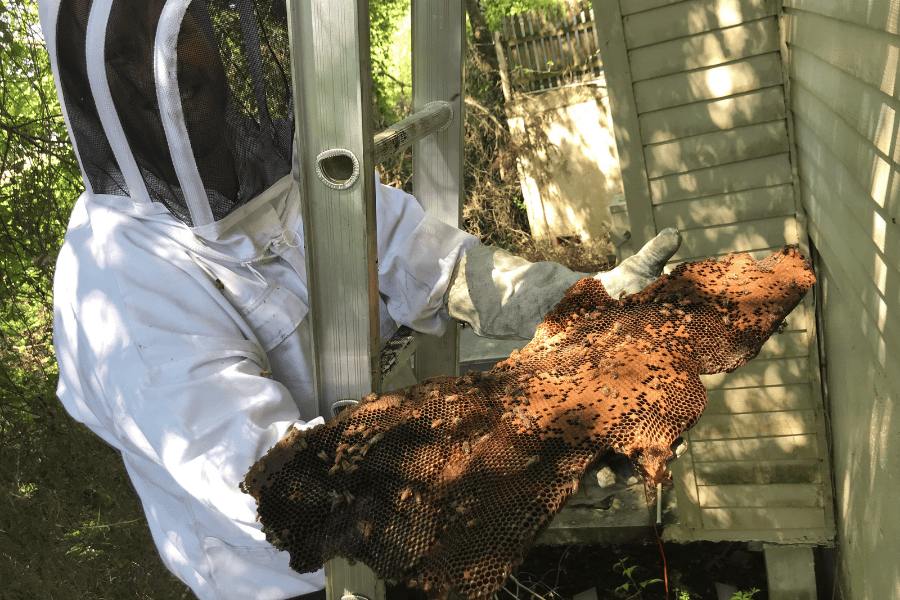
Do you know what it takes to become a qualified beekeeper? In the state of Georgia, there are many different levels of skill and knowledge needed when it comes to beekeeping. The minimum requirements include at least one year of beekeeping experience, a written and practical test, and participating in lectures, and that’s just for the bottom tier certification. It’s a process to become someone wholly trusted to care for the honeybee population. It requires the utmost attention and care to continue their important job. Luckily, Northwest has teammates that continue to prove how important their career in pest control is to them.
Let’s meet Northwest’s Honeybee Experts:

Curt has been with Northwest since 2010, with his last 3 years working as the Quality Assurance Trainer and Inspector with our Learning and Technical Services team. Curt currently keeps his own honeybees, so he has extensive knowledge in making sure they are properly cared for. More recently, Curt is a Certified Beekeeper and has also received a newly required license for the State of Georgia that allows him to safely remove honeybee colonies that are in any structure or home.
Curt believes that it’s important to ensure the success of honeybees while also educating our customers and teammates on the importance of these pollinators. He continues to strive for Northwest to be the go-to for honeybee relocation services in the state of Georgia.

Rob is currently our Wildlife North Branch Manager and is also a certified Beekeeper. He is a big advocate of the newly required Georgia license that ensures a safe removal process for honeybees and has also received that in the past year. The removal process can sometimes be stressful for the colony, so having the proper qualifications and resources to ensure their safety is key.
A fun fact about Rob is that he has his own honeybee farm and utilizes the honey that he receives from his bees. Rob began his farm as a place to take any removals performed on the job and ensure they were properly cared for after being safely relocated. He likes to think of the care for honeybees as an ever-evolving science project. The idea that you can safely and correctly remove them from their colony and into a new location and still thrive fascinated him.
Rob is proud of Northwest for making sure its teammates have access to the proper equipment and training needed to safely care for honeybees. He can’t wait to see how big of an impact we can truly make!
At Northwest, we take pride in knowing that we can bring awareness to an important topic that is near and dear to our hearts. We’re grateful for teammates like Rob and Curt who take the time to learn more about a service and how it can positively impact our local communities. If you believe you have a bee colony on your property that needs to be safely relocated, give your licensed honeybee removal company a call!
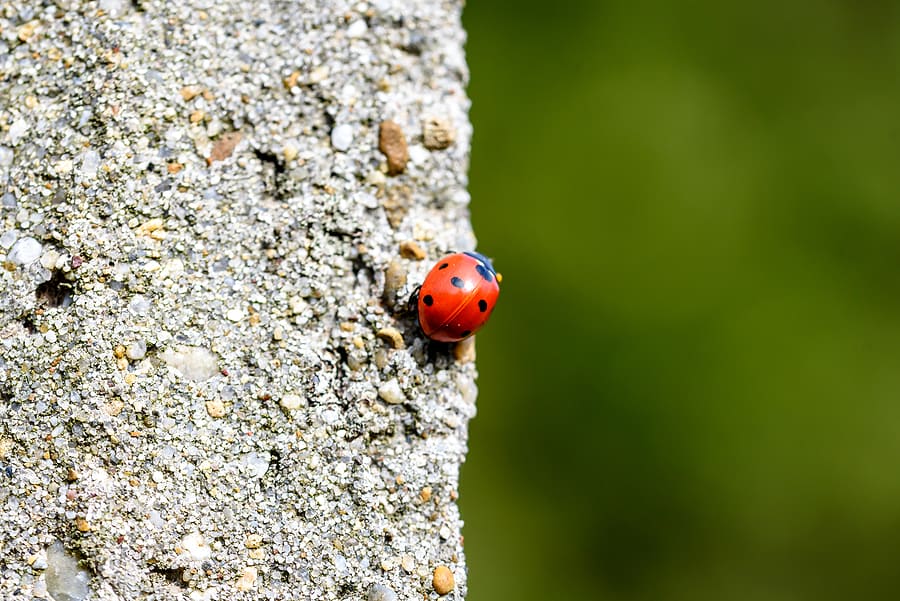
During the spring and fall you will often see an influx of ladybugs in your home. While they don’t pose a real health threat to you, they can stain carpets, upholstery, and walls. Why are these pests invading your house and how can you get rid of them?
Ladybugs will make their way indoors in the fall to overwinter in the warm shelter of your home. Once inside, they will hide until the warm weather of spring comes back around. It is at this time they will reemerge to try and return outdoors to reproduce.
Once inside, you will often find them clustered together in the corners of attics and basements or near doors and windows, especially those with large amounts of light. Once they make their way indoors, ladybugs will release a pheromone that signals other ladybugs to follow them.
Although they aren’t harmful, ladybugs can be a nuisance, especially when they invade in large numbers. You can prevent ladybugs by:
If your DIY efforts are futile or you just want the help of a professional, contact your local pest control company for an analysis.
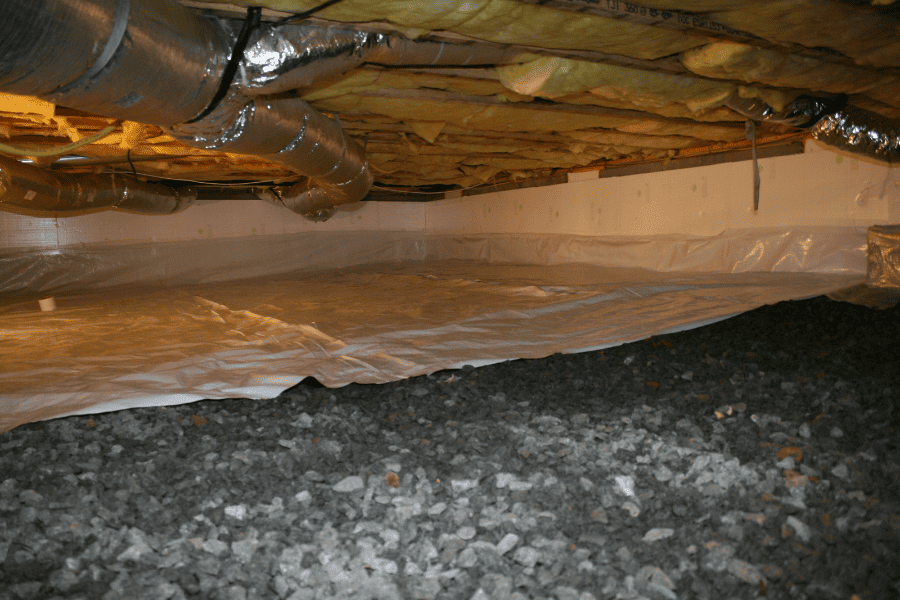
Crawlspaces are often neglected and forgotten about, but they play an important role in your home’s health and safety. They can also be a prime spot for pests to invade, leading to a range of problems such as damage to your home’s foundation, poor indoor air quality, and potential health hazards. Let’s discuss how to care for your crawlspace and keep pests away with the help of encapsulation and CrawlSpace Seal.
A crawlspace is a low, unfinished space beneath your home that provides access to your home’s plumbing, electrical, and HVAC systems. It’s typically constructed with a dirt or concrete floor and is accessible through a small door or hatch. They can be damp and prone to moisture problems, making them an attractive spot for pests to invade.
Encapsulation is the process of sealing your crawlspace to prevent moisture from entering. This can involve installing a moisture barrier or vapor barrier on the floor and walls of your crawlspace. This barrier helps to keep moisture out of the space, preventing mold growth and other moisture-related problems. Crawlspace encapsulation can also help to keep pests away by eliminating their sources of food and water.
CrawlSpace Seal is a solution that is applied to the wooden structures in the space, such as floor joists and beams. This solution helps to repel pests and prevent them from damaging the wooden structures. This service is safe and environmentally friendly, and it’s an effective way to protect your home from pests without using harmful chemicals.
With the help of encapsulation and CrawlSpace Seal services, as well as regular maintenance and inspections, you can keep your crawlspace in good condition and protect your home from unwanted pests. Give your local pest control company a call today for a free inspection!
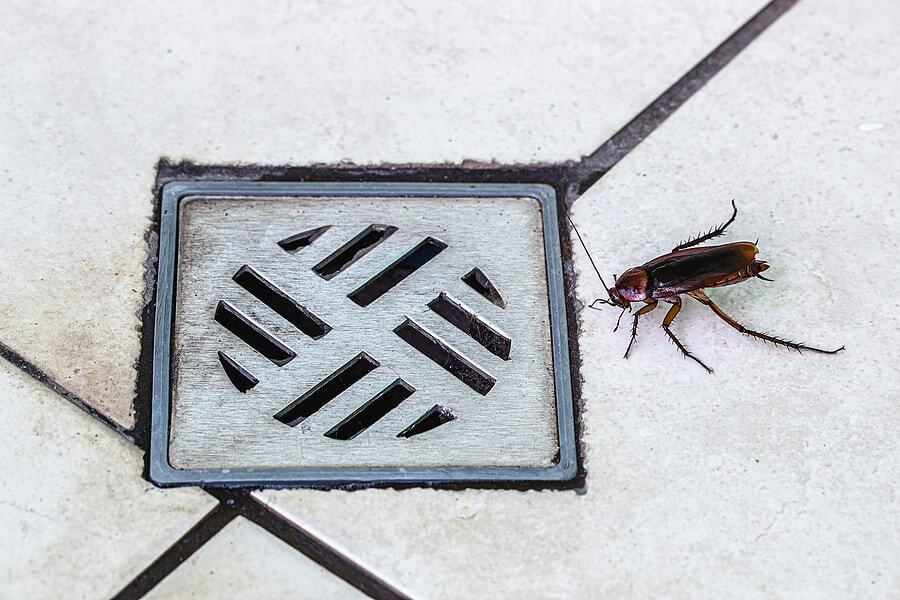
It’s quite common to see an influx of roaches after a heavy rain. American cockroaches and Oriental cockroaches are commonly found outdoors. Heavy rain flushes them out of sewers and other hiding spots and sends them scurrying for a dry place to escape, often inside your home. Once inside, they’ll seek out dark, warm, moist hiding spots to take refuge. Cockoaches can be quite a problem when they infest your home. They contaminate any surfaces they touch and can trigger allergies and asthma. What can you do to keep these pests out of your home after a rain? Here are 10 roach prevention tips to utilize this season.
If you implement these roach prevention tips and still have a problem with roaches or any other household pests, contact your local pest control company for an evaluation.
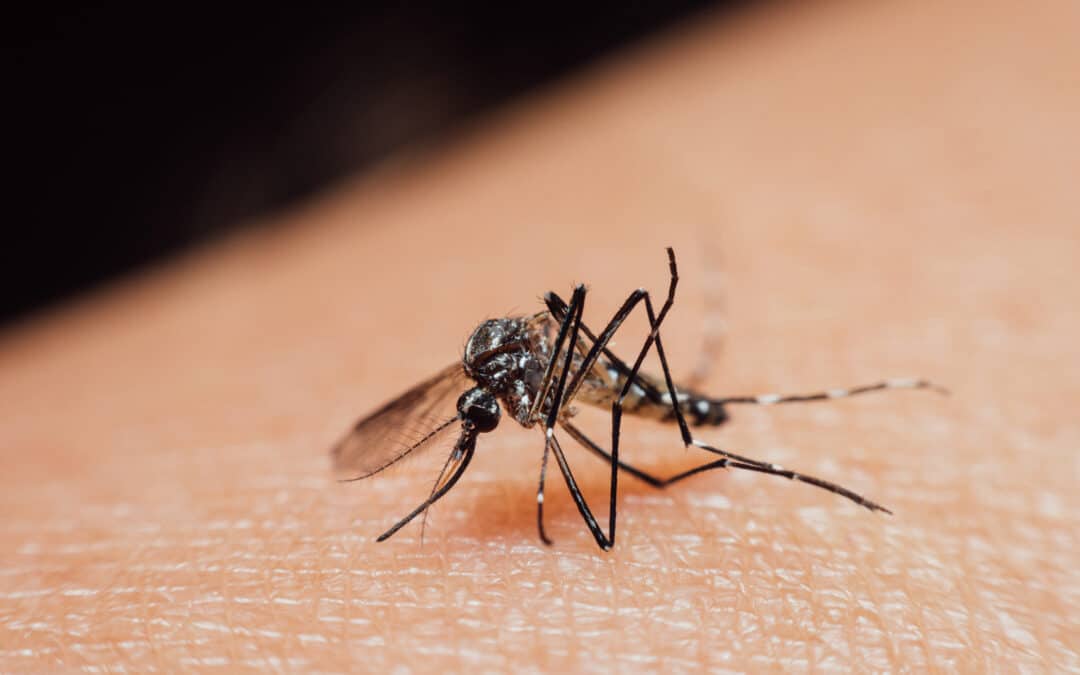
The humid, tropical weather of South Florida is the perfect climate for mosquitoes to thrive. These pesky pests are known to be a nuisance while we enjoy outdoors and to be a health risk. As summer approaches and the weather continues to get warm, it’s important for every homeowner to understand mosquito activity, the health risks they bring, and prevention tips to keep your family safe.
Mosquitoes are searching for standing water and a blood meal for survival. Standing water provides them a place to lay their eggs to allow larvae to develop, and they only need a small amount of water to do so. Likewise, these pests do feed on blood, but only female mosquitoes. Females bite and feed on humans so they can lay fertile eggs. While most mosquito species breed continuously, a female mosquito will typically search for a blood meal every two days to lay another batch of eggs.
Besides the itchy welt, there are many people who have been bitten by mosquitoes and experienced no side effects. However, these pests are known to be the cause of diseases. They will feed off a diseased host, leading to the spread of pathogens that can infect other hosts. In the United States, they are known to spread the West Nile Virus, dengue fever, and Eastern equine encephalitis.
There are several ways homeowners can deter these nuisance pests away from their yards. Check out our top do-it-yourself preventative measures to place in your yard to prevent mosquitoes from invading:
Implementing these preventative measures will always help to keep mosquitoes away, but sometimes it’s best to call a professional for extra support. These professionals will provide you with a thorough inspection, source reduction techniques, prevention methods, and treatment methods to eliminate both larvae and adult mosquitoes. Contact your local pest control company for a mosquito control quote.